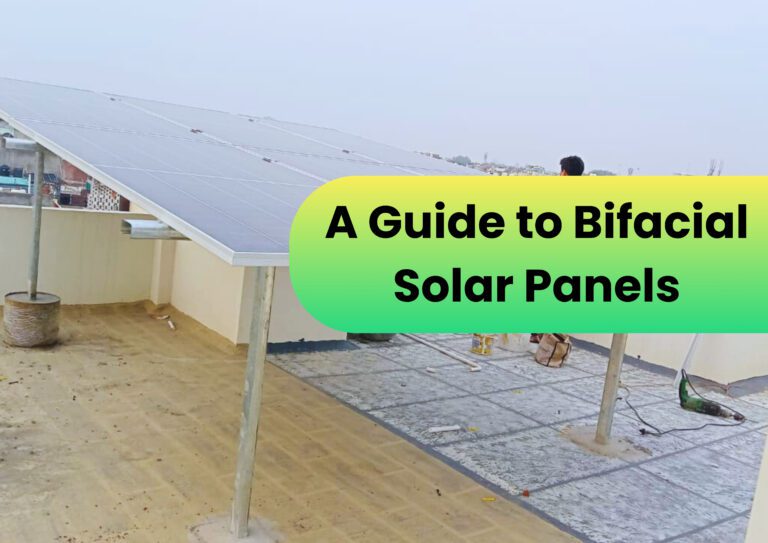
Understanding Bifacial Solar Panels
In recent years, bifacial solar panels have gained prominence as a promising alternative in the renewable energy sector. This article provides a comprehensive overview of bifacial solar panels, explaining their working mechanism, technical requirements, suitable installation locations, and the numerous benefits they offer. Read on to unlock the potential of this groundbreaking solar technology.
How Do Bifacial Solar Panels Work?
Bifacial solar panels differ from traditional photovoltaic panels by capturing sunlight from both sides. They utilize a transparent backsheet, which enables the transmission of light through the front and back surfaces of the panel. This unique design allows these solar panels to generate energy not only from direct sunlight but also from reflected sunlight, enhancing overall efficiency.
How Do Bifacial Solar Panels Work?
Bifacial solar panels differ from traditional photovoltaic panels by capturing sunlight from both sides. They utilize a transparent backsheet, which enables the transmission of light through the front and back surfaces of the panel. This unique design allows these solar panels to generate energy not only from direct sunlight but also from reflected sunlight, enhancing overall efficiency.To understand the working principle in detail, let’s delve into the three key steps of energy generation in bifacial solar panels:
To understand the working principle in detail, let’s delve into the three key steps of energy generation in bifacial solar panels:
Absorption: When sunlight hits the front side of the panel, the photovoltaic cells absorb the solar energy. Simultaneously, a portion of the sunlight passes through the cells and reaches the backside.
Reflection and Absorption: The backside of the panel is designed to capture the reflected sunlight. The transparent backsheet ensures that a significant amount of the reflected light reaches the cells and gets absorbed, further contributing to energy production.
Electrical Conversion: The absorbed sunlight, both from the front and back surfaces, is converted into electricity through the photovoltaic cells. This electricity is then collected and utilized for various applications.
Solar energy consulting services

